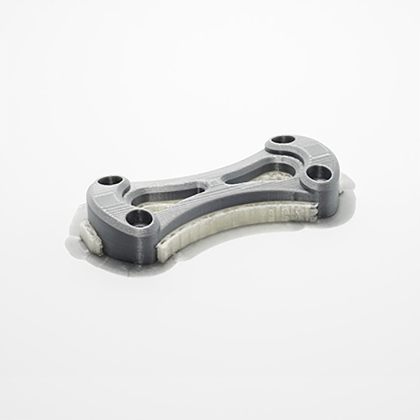Guest
Guest
Sep 11, 2024
12:05 AM

|
Understanding the Basics of FDM Printing: A Comprehensive Guide to Fused Deposition Modeling
Fused Deposition Modeling (FDM) is one of the most widely used 3D printing technologies today. This fdm printing service utilizes thermoplastic materials to create three-dimensional objects layer by layer. But what exactly makes FDM printing so popular among manufacturers and hobbyists alike? 
What is FDM Printing?
FDM printing is a process that involves the extrusion of heated thermoplastic filament through a nozzle. The filament is melted and deposited onto a build platform, where it solidifies to form a solid object. This method is particularly favored for its simplicity and cost-effectiveness. The fdm printing service is ideal for producing prototypes, functional parts, and even intricate designs.
Key Advantages of FDM Printing
- Cost-Effective: FDM printers are generally more affordable than other 3D printing technologies.
- Material Variety: A wide range of thermoplastic materials is available, including PLA, ABS, and PETG.
- Ease of Use: FDM printers are user-friendly, making them accessible for beginners.
- Scalability: This technology is suitable for both small-scale and large-scale production.
Applications of FDM Printing
The versatility of fdm printing service allows it to be used in various industries. Some notable applications include:
- Prototyping: Rapid prototyping is one of the primary uses of FDM printing, enabling designers to create functional models quickly.
- Aerospace: Lightweight components produced through FDM can significantly reduce aircraft weight.
- Medical: Custom prosthetics and dental models are increasingly being manufactured using FDM technology.
- Education: Schools and universities utilize FDM printers to teach students about design and engineering.
How Does FDM Printing Work?
The FDM printing process begins with a 3D model designed using CAD software. Once the model is ready, it is sliced into layers using slicing software, which generates the G-code that instructs the printer. The printer then heats the thermoplastic filament and extrudes it onto the build platform, layer by layer, until the object is complete. This method allows for intricate designs and complex geometries that would be difficult to achieve with traditional manufacturing methods.
Choosing the Right FDM Printing Service
When selecting an fdm printing service, consider factors such as material availability, print resolution, and turnaround time. A reliable service provider will offer a range of materials and ensure high-quality prints. For more information on FDM printing services, you can visit  . .
In conclusion, FDM printing is a powerful tool that has revolutionized the way we approach manufacturing and design. Its accessibility and versatility make it an excellent choice for a wide range of applications. Whether you are a hobbyist or a professional, understanding the fundamentals of FDM printing can open up new possibilities for innovation and creativity.
|